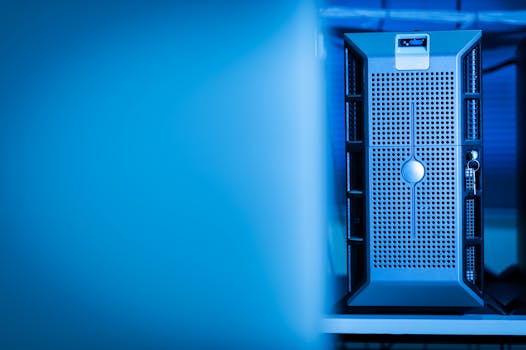From Copper to Fiber: The Revolution of Internet Infrastructure in Africa

From Copper to Fiber: The Revolution of Internet Infrastructure in Africa
From Copper to Fiber: The Revolution of Internet Infrastructure in Africa is a significant transformation that is currently taking place on the continent. The shift from traditional copper-based networks to modern fiber-optic connections is bringing faster and more reliable internet access to Africa. This revolution is not only transforming the way people communicate and access information but also driving economic growth, innovation, and development.
The use of copper-based networks has been the backbone of internet infrastructure in Africa for many years. However, these networks have several limitations, including slow speeds, high latency, and limited capacity. The advent of fiber-optic technology has changed the landscape of internet infrastructure in Africa, offering faster speeds, lower latency, and greater reliability. Fiber-optic connections use light to transmit data through thin glass or plastic fibers, allowing for faster and more efficient data transfer.
The Benefits of Fiber-Optic Connections
The benefits of fiber-optic connections are numerous. They offer speeds of up to 100 Gbps, which is significantly faster than the speeds offered by copper-based networks. Fiber-optic connections also have lower latency, which is critical for applications that require real-time communication, such as video conferencing and online gaming. Additionally, fiber-optic connections are more reliable and less prone to outages, making them ideal for businesses and organizations that require constant connectivity.
Another significant benefit of fiber-optic connections is their ability to support a large number of users and devices. This makes them ideal for areas with high population densities, such as cities and urban centers. Fiber-optic connections also support a wide range of applications, including cloud computing, big data, and the Internet of Things (IoT).
The Challenges of Implementing Fiber-Optic Connections in Africa
Despite the benefits of fiber-optic connections, there are several challenges to implementing them in Africa. One of the main challenges is the high cost of deployment. Laying fiber-optic cables requires significant investment in infrastructure, including the cost of cables, equipment, and labor. This can be a barrier to entry for many African countries, where resources are limited.
Another challenge is the lack of regulatory frameworks and policies to support the deployment of fiber-optic connections. In many African countries, the regulatory environment is not conducive to the development of fiber-optic networks, making it difficult for operators to obtain the necessary licenses and permits to deploy their networks.
The lack of skilled personnel is also a significant challenge. Deploying and maintaining fiber-optic networks requires specialized skills and training, which can be in short supply in many African countries. This can make it difficult for operators to find the necessary personnel to deploy and maintain their networks.
The Future of Internet Infrastructure in Africa
Despite the challenges, the future of internet infrastructure in Africa is bright. Many African countries are investing heavily in fiber-optic infrastructure, and the continent is expected to see significant growth in fiber-optic connections in the coming years. This growth will be driven by the increasing demand for faster and more reliable internet access, as well as the need for digital transformation and economic development.
The growth of fiber-optic connections in Africa will also be driven by the development of new technologies, such as 5G and the IoT. These technologies require fast and reliable internet access, making fiber-optic connections essential for their deployment. The growth of fiber-optic connections will also be driven by the increasing use of cloud computing and big data, which require fast and reliable internet access to function effectively.
In conclusion, the revolution of internet infrastructure in Africa is a significant transformation that is currently taking place on the continent. The shift from traditional copper-based networks to modern fiber-optic connections is bringing faster and more reliable internet access to Africa, driving economic growth, innovation, and development. While there are challenges to implementing fiber-optic connections in Africa, the benefits are numerous, and the future of internet infrastructure on the continent is bright.






